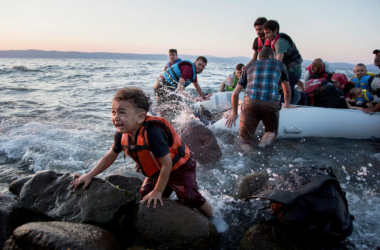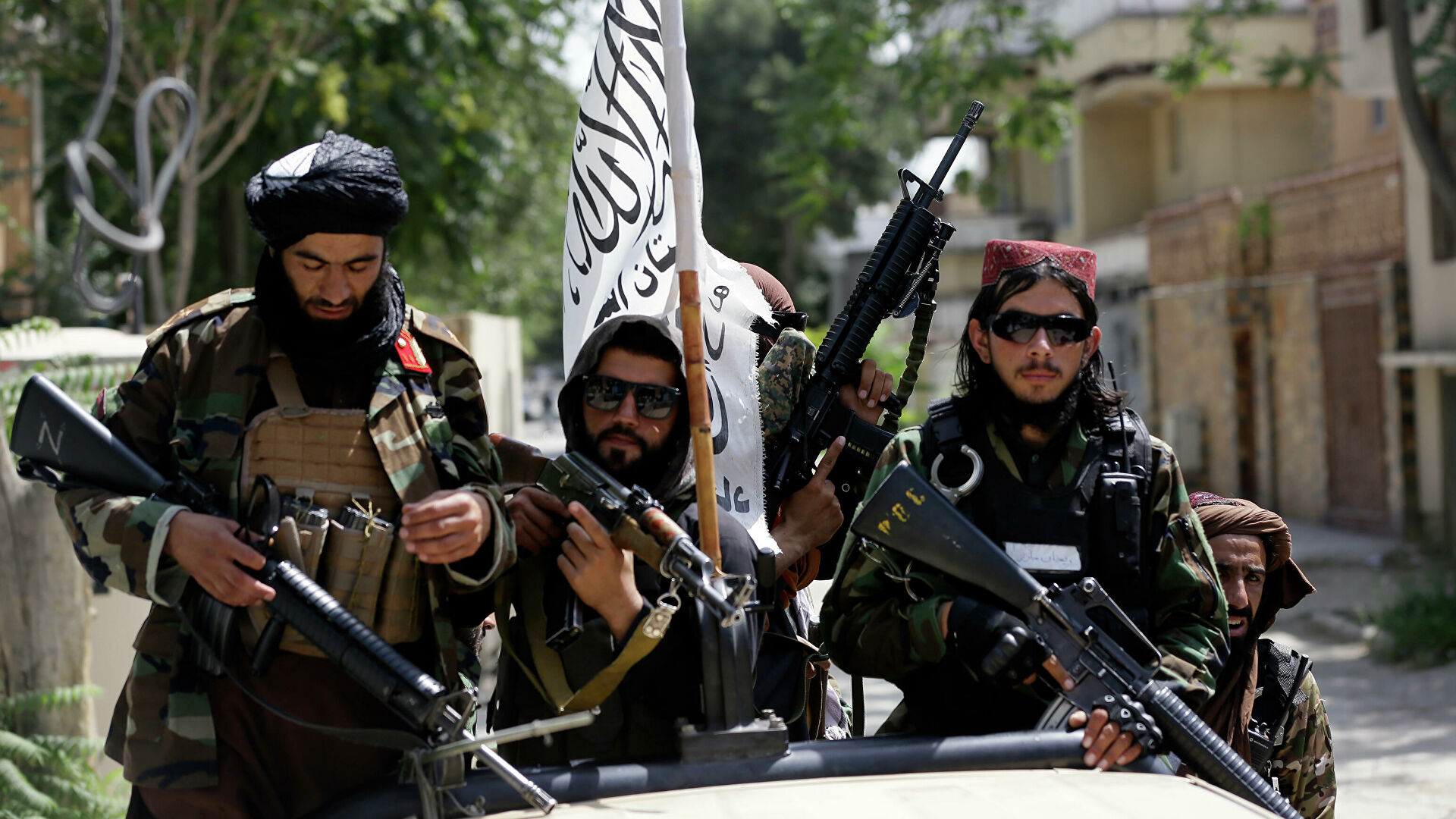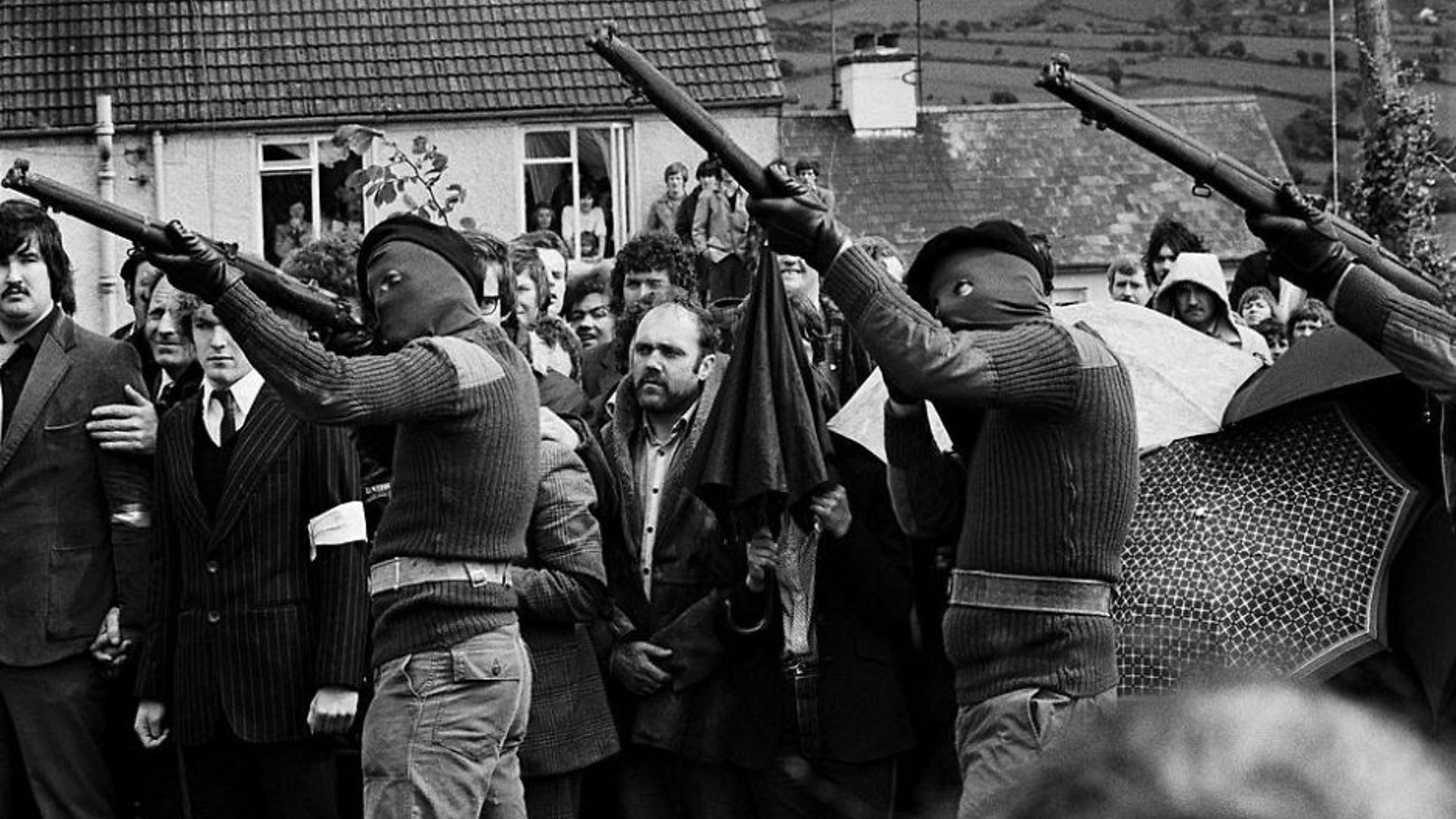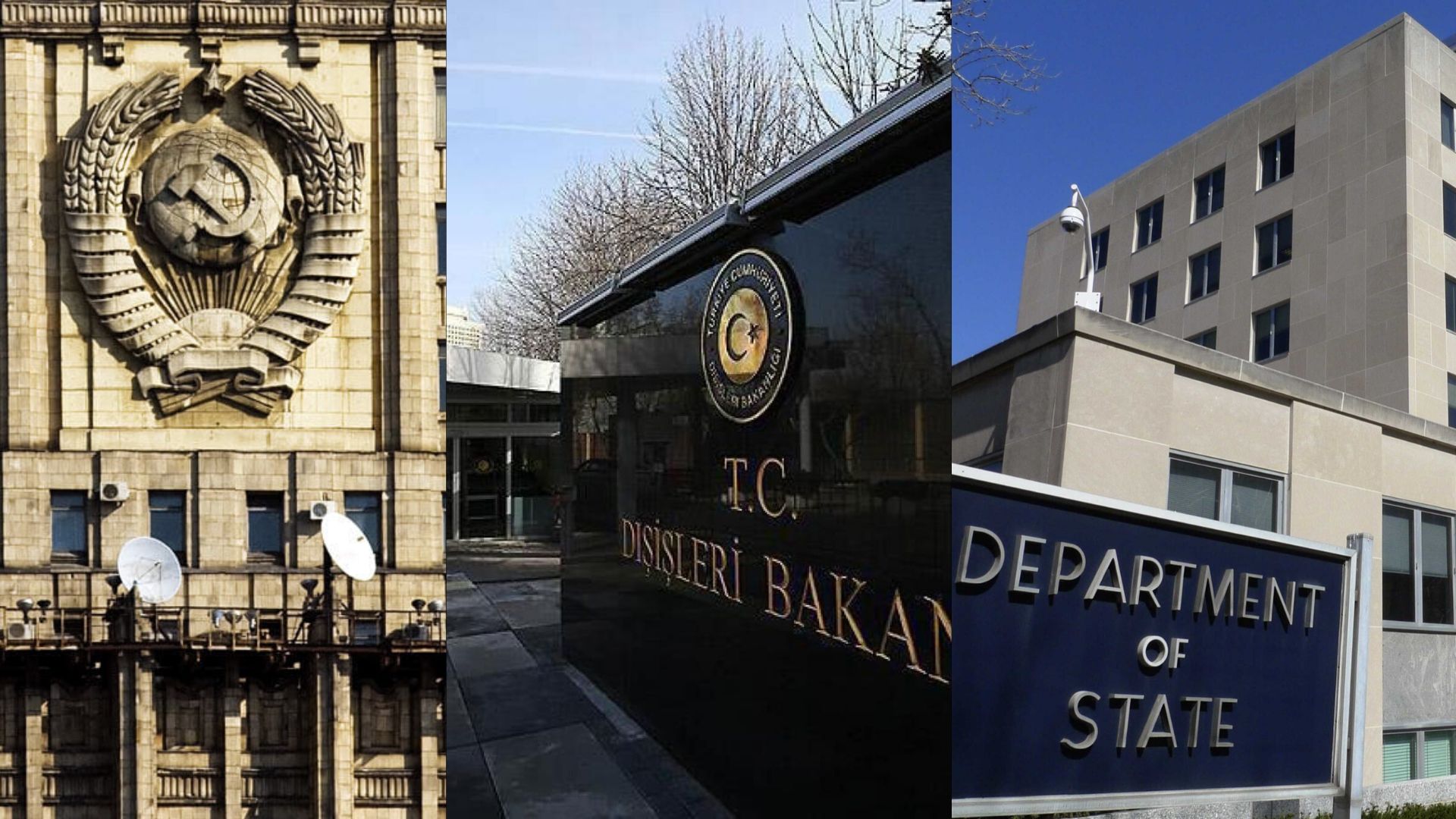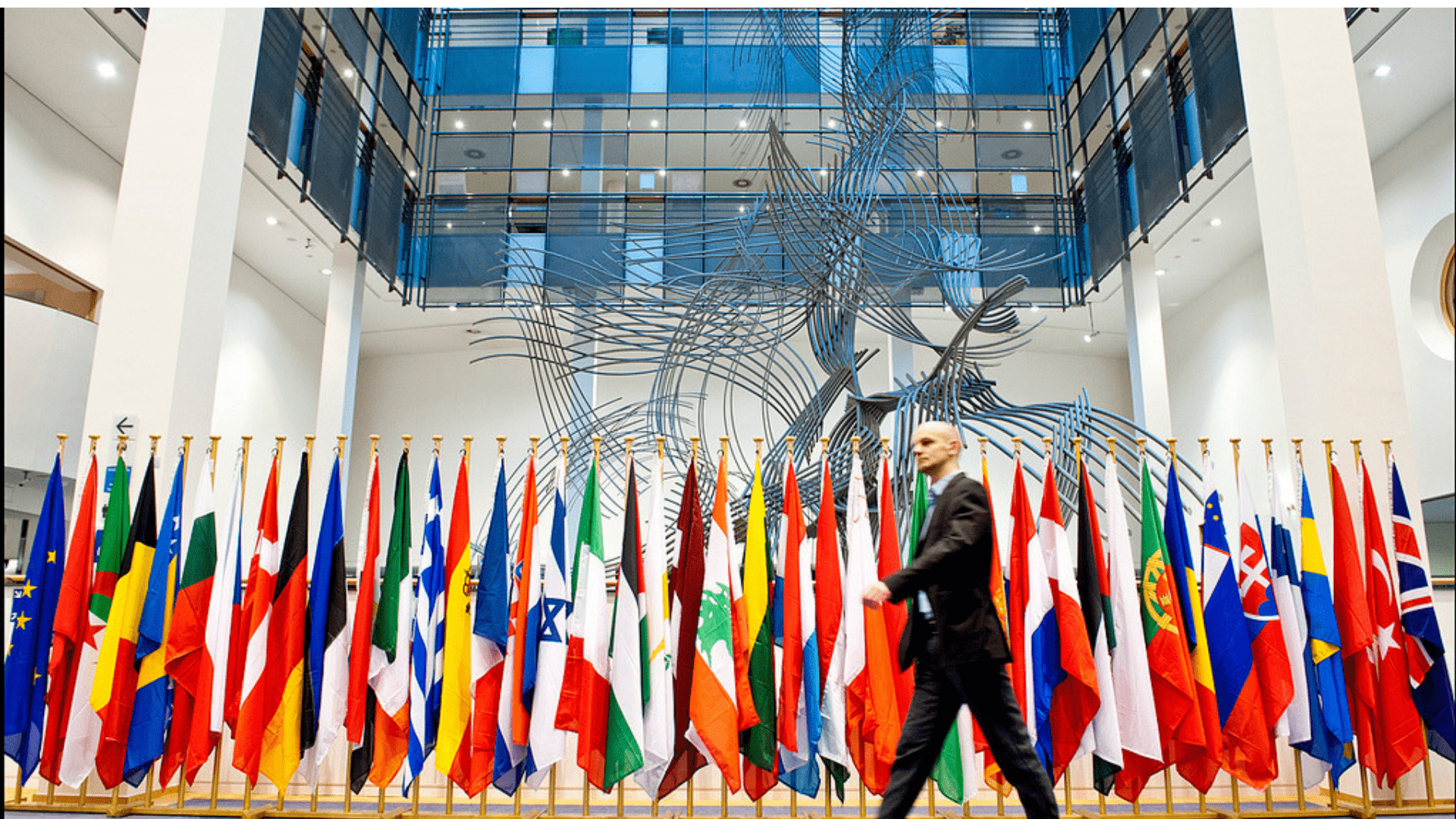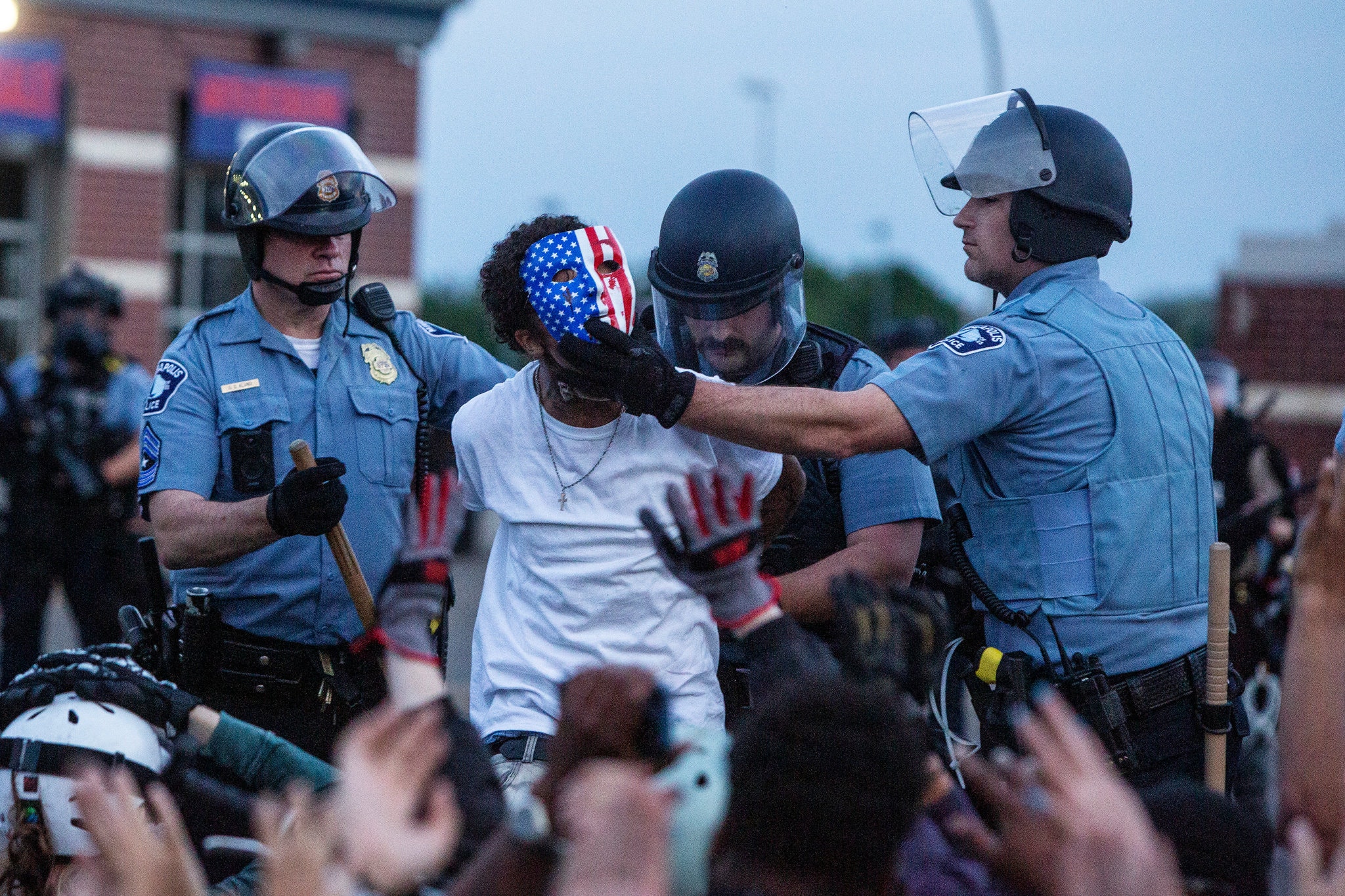Northern Ireland contains the essential nationalism and ethnic problems in the developed world. The Irish people are divided into Northern Ireland, one of the four countries that make up the United Kingdom, and the Republic of Ireland to the West and south. Northern Ireland covers six of the nine regions called Ulster, while the remaining three are within the Republic of Ireland’s borders (Yasar, 2010, 46). With the French Revolution of 1789, when the great empires started to dissolve, problems were experienced in the colonial states with nationalism. These developments also had an impact on Ireland, and the Northern Ireland issue gradually began to emerge.
The Northern Ireland conflict between Catholics and Protestants is known as one of the devastating ethnic conflicts of the 20th century. While Protestants want to remain part of the UK, Catholics want to unite with the Republic of Ireland. The main reason why Protestants wish to stay as a part of the UK is that they will become a minority if they are united with Ireland’s Republic. The issues intensified with the establishment of Northern Ireland in 1920.
Although this issue has entered the literature as an ethnic religious-based problem, it started an ethnic separatist movement. It caused many bloody acts to establish the Irish Republican Army (IRA, known as an ethnic terrorist organization.) (Gürcan, 2011). In addition to the United Kingdom, Northern Ireland, the Republic of Ireland, Catholics, and Protestants, paramilitary groups such as the Irish Republican Army (IRA) and the Orange Order have made efforts to ensure their interests. Although many religious, political, social, and economic reasons can be listed as to why the issue began and continued until the late 1990s, the main reason is the identity and ethnic nationalism that these facts have built together.
In the 16th and 17th centuries, the Irish problem has been embodied by the British government’s placement of Protestant Englishmen and Scots on the island of Ireland, where the Catholic population lives. Long-standing ethnic-religious conflicts occur between Protestants and Catholics from 400 years ago when this placement policy began (Smith and Chambers,1991,1). In the second half of the 18th century, the Catholic-Protestant separation became more evident with the industrial revolution and the island’s division into Northern Ireland and Ireland and the discriminations made. These developments determine the socio-economic conditions between Protestants and Catholics, enriching one group and lowering the other below the prosperity level. This situation causes the minority Catholics to rebel and commits acts of violence.
The Protestant-Catholic divide was exacerbated by the Great Famine of 1845. Potato, one of the primary food sources of the Irish island, becomes unconsumable, causing a great famine on the island. While Catholics living in unproductive lands suffered the most during this period, Protestants did not suffer much from their close relations with Britain (Aragüç, 2006, 34). After this famine, as independent Irish ideas began to gain strength, they emerged in armed organizations. As the separatist movements got more robust, the armed groups also showed themselves. The Irish accepted these events as a betrayal towards them, and this is how the Separatist Conflict Period began. The Irish Citizens Army and the Irish Republican Brotherhood started an armed struggle against Britain. The British suppressing this rebellion was very brutal and violent.
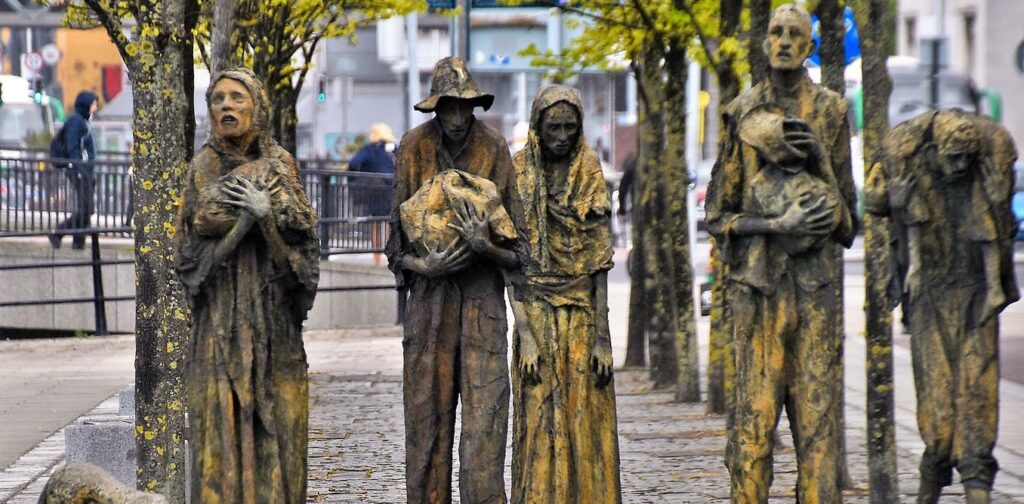

In the Easter of 1916, the Irish suffered a heavy defeat. As a result, the people’s support for radical organizations has increased. Outrage between Catholics and Protestants grew. Individuals who felt threatened wanted to find a branch to hold on to. The establishment of the Irish Republican Army (IRA) also coincides with this period. IRA, abbreviated for the Irish Republican Army or the initials of its English original name, the Irish Republican Army, is the separatist organization that defended Northern Ireland’s independence from the United Kingdom was dismantled.
The founding purpose of the Irish Republican Army was to end British rule in Ireland. Besides ruling Ireland for 800 years, Britain was destroying the characteristics that made Irish people Irish with its abusive practices (Derkins, 2003: 4). In the process after the act of Union in 1800, the Republic of Ireland’s idea was formed, and the IRA fought for this purpose (O’Brien, 1999: 9).
With the help of its supporters in Ireland and the USA, the IRA strengthened with smuggled weapons, intensified its actions in the 1950s and 1960s, took strength from the authority vacuum and the Catholic segment’s security problem. At this time, the IRA was divided into two different formations, nationalist (Provisional IRA) and Marxist (Official IRA). The newly formed IRA in the north, on the one hand, tried to complete its armed organization quickly, and on the other hand, it also wanted to define itself ideologically.
During this period, the British, who caused many civilians’ deaths and many people’s arrests, made the Catholics embrace even more nationalist feelings. The IRA, on the other hand, killed more than 200 members of the British armed force in its actions until the beginning of 1972 (Özçağatay, 1998: 156). The movement known as “Bloody Sunday” in Northern Ireland history took place on these dates. British forces intervened in an illegal demonstration in Derry with automatic weapons, injuring dozens of people and killing 13 Catholic youth. This harsh and bloody operation drew the attention of the world public to Northern Ireland. Upon these developments, the British government closed fifty-two Northern Ireland Parliaments (Laciner, 2001: 15).
As a result of the events, the pressure exerted on the states – the United Kingdom, Ireland and America – to find a solution increased in the 1990s. Attempts have been launched to find a political solution among elite actors. The Belfast Agreement (Good Friday Agreement) was signed between Northern Ireland’s political parties, the Irish government and the United Kingdom on Friday during the 1998 Easter. On 28 May 1998, the Agreement was approved by the Northern Irish with 71% of the vote and 94% by the Republic of Ireland due to the referendum. The agreement showed that Northern Ireland’s complex peace process had been completed (Aughey, 2005,94). The Good Friday or Belfast Agreement is the most comprehensive agreement that officially started the peace process by ending the troubled period. Underlining that there are two communities in Northern Ireland and that these communities’ differences should be respected, the agreement freed Northern Ireland to choose with the consent principle. In this agreement, these two communities, which are different from ethnicity and religion, have an equal right to life in Northern Ireland (McEvoy, 2008,8).


In conclusion, the Northern Ireland problem’s origin goes back to the 1600s, when English and Scottish settlers flocked to the island. This settlement policy revealed the ongoing power struggle between the Catholic people and the Protestants placed on Ireland’s island by the British state. In 1968 and 1998, the Catholic and Protestant ethnic nationalist conflict living in Northern Ireland and called “Troubles” was the most violent period of the Northern Ireland conflict. With the emergence of nationalist movements in Europe in the 19th century, the Northern Ireland problem between Catholics and Protestants reached a different dimension. With the French Revolution of 1789, the colonial states started their independence activities with liberalism and nationalism. These developments have also had an impact on Ireland. The conflict between Catholics and Protestants increased over time as a result of actions. As a result of the Catholic IRA’s armed struggle, which was established in Dublin in 1916, the independent Irish Republic was established south of the island in 1922. The northern part of the island remained under British rule. In the 1960s, Irish Catholic living in the north re-established the IRA to leave England and establish a unified Irish state. Thus the Northern Ireland problem, which ended with the peace agreement in 2005, was born.
At first, IRA defended that independence was only possible with armed struggle, and in 2005 announced that they would continue their battle only in the political field and put an end to violent acts. However, the R-IRA, which left the IRA, announced on 9 March 2009 that it would “continue the armed struggle” by shooting 2 British soldiers. The USA removed this organization from the list of terrorist organizations in 2002. However, with an arrangement in 2009, the old IRA and the ongoing IRA have added to the list. It is recognized as an illegal terrorist organization in the European Union, the UK and Ireland. In a sense, the Irish problem has become a Northern Ireland problem thanks to the IRA.
This article prepared by Tuba Yıldırım for The FEAS Journal.
References
Alan, G. (2019, August 12). İngiliz Askerlerinin Kuzey i̇rlanda’ya MÜDAHALESININ 50. yıl dönümü. Retrieved March 30, 2021, from https://tr.euronews.com/2019/08/12/ingiliz-askerlerinin-kuzey-irlanda-ya-mudahalesinin-50-yildonumu
Aughey, A. (2005). The Politics of Northern Ireland: Beyond the Belfast Agreement.
Derkins, S. (2003), The Irish Republican Army, New York: The Rosen Publishing Group.
GÜRCAN, Metin “Savaşın Evrimi ve Teorik Yaklaşımlar”, BİLGESAM, http://www.bilgesam.org/Images/Dokumanlar/0-163-201404072m_gurcan.pdf, 2011, 87-91
Kuzey İrlanda deneyimi: 25 YILLIK ÇATIŞMA, 13 yıllık Barışma – Bbc Turkce – Haberler. (n.d.). Retrieved March 30, 2021, fro https://www.bbc.com/turkce/haberler/2013/01/130115_peace_process_8
Laçiner, S. (2001), “İngiltere, Terör, Kuzey İrlanda Sorunu ve İnsan Hakları”, Avrasya Bir Vakfı Stratejik Araştırmalar Merkezi Ankara Çalışmaları Dizisi No: 6.
MacEvoy, J. (2008). The Politics of Northern Ireland Political Study Guides Edinburgh; Edinburgh University Press.
O’Brien, B. (1999), The Long War: The IRA and Sinn Fein, New York: Syracuse University Press.
Özçağatay, L. (1998), Kuzey İrlanda ve İRA Silahlı Mücadeleden Siyasal Çözüme, Ankara: Papirüs Yayınevi. Routledge.
Smith, D. J.; G. Chambers (1991). Inequality in Northern Ireland. Oxford, Clarendon Press.
Yaşar, H. İ. (2010). A comparative inquiry into the legal status of three peoples: Catalans, Quebecois and the Irish under international law. Yüksek Lisans Tezi, Fatih Üniversitesi Sosyal Bilimler Enstitüsü, İstanbul.


